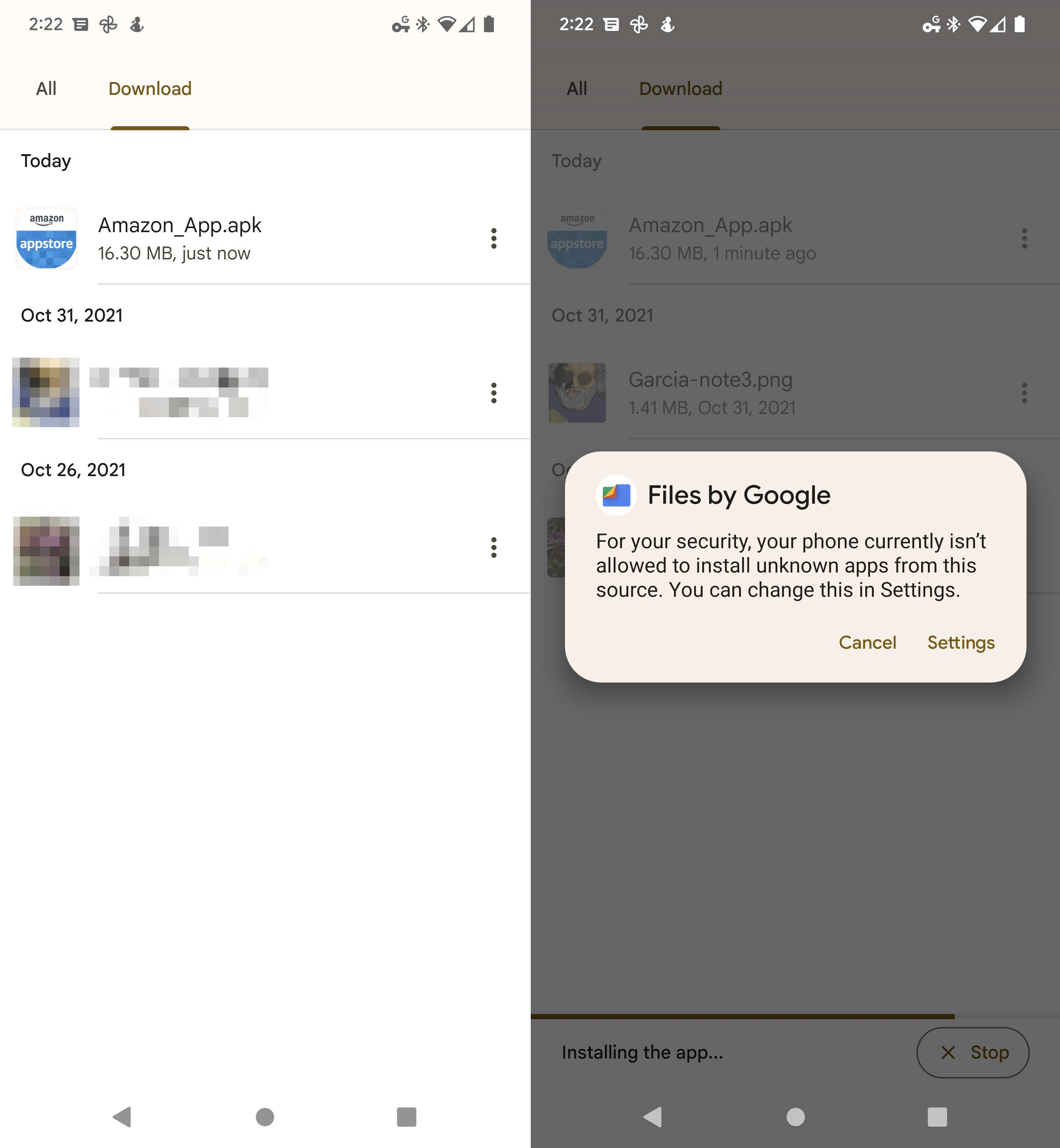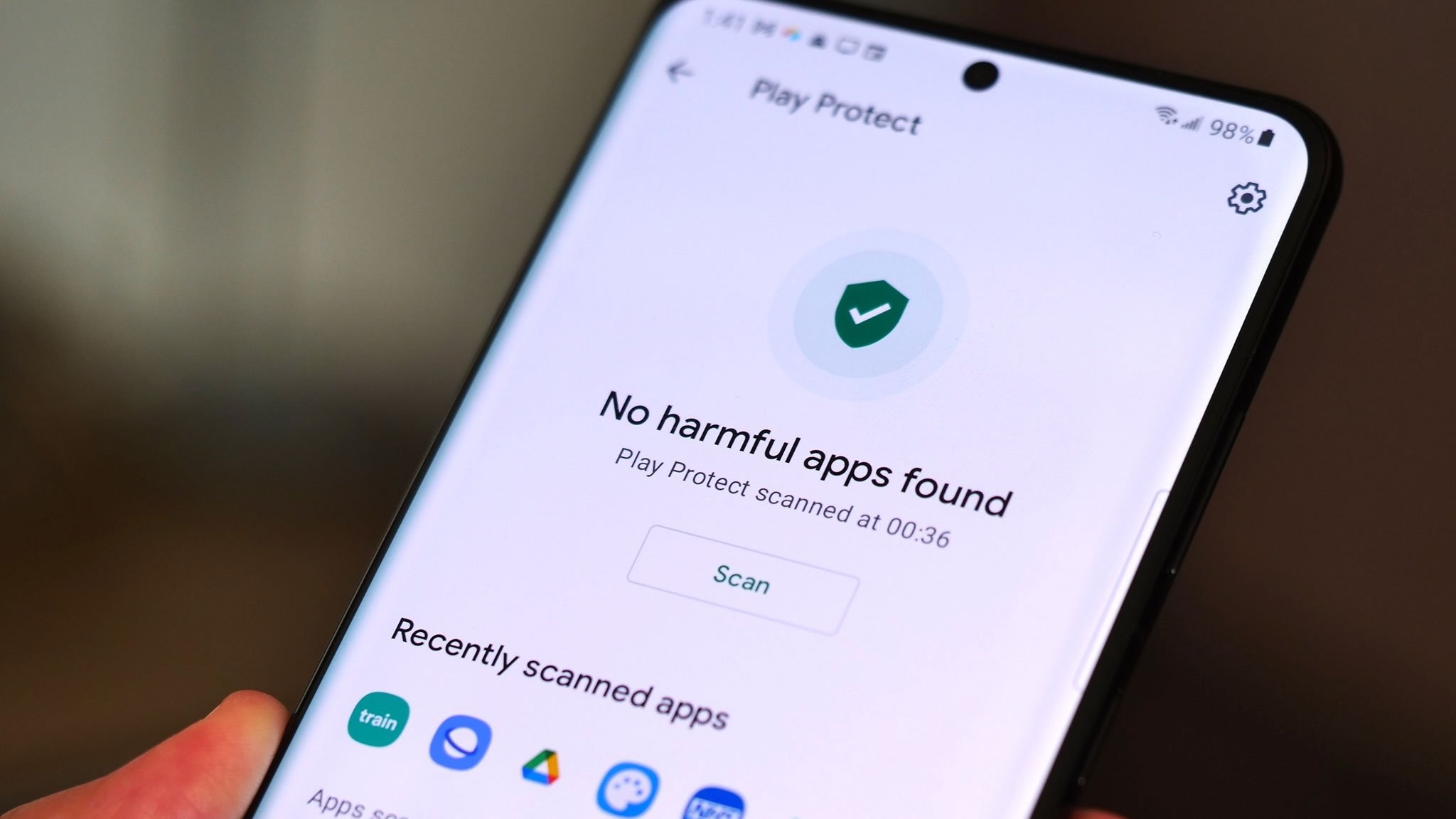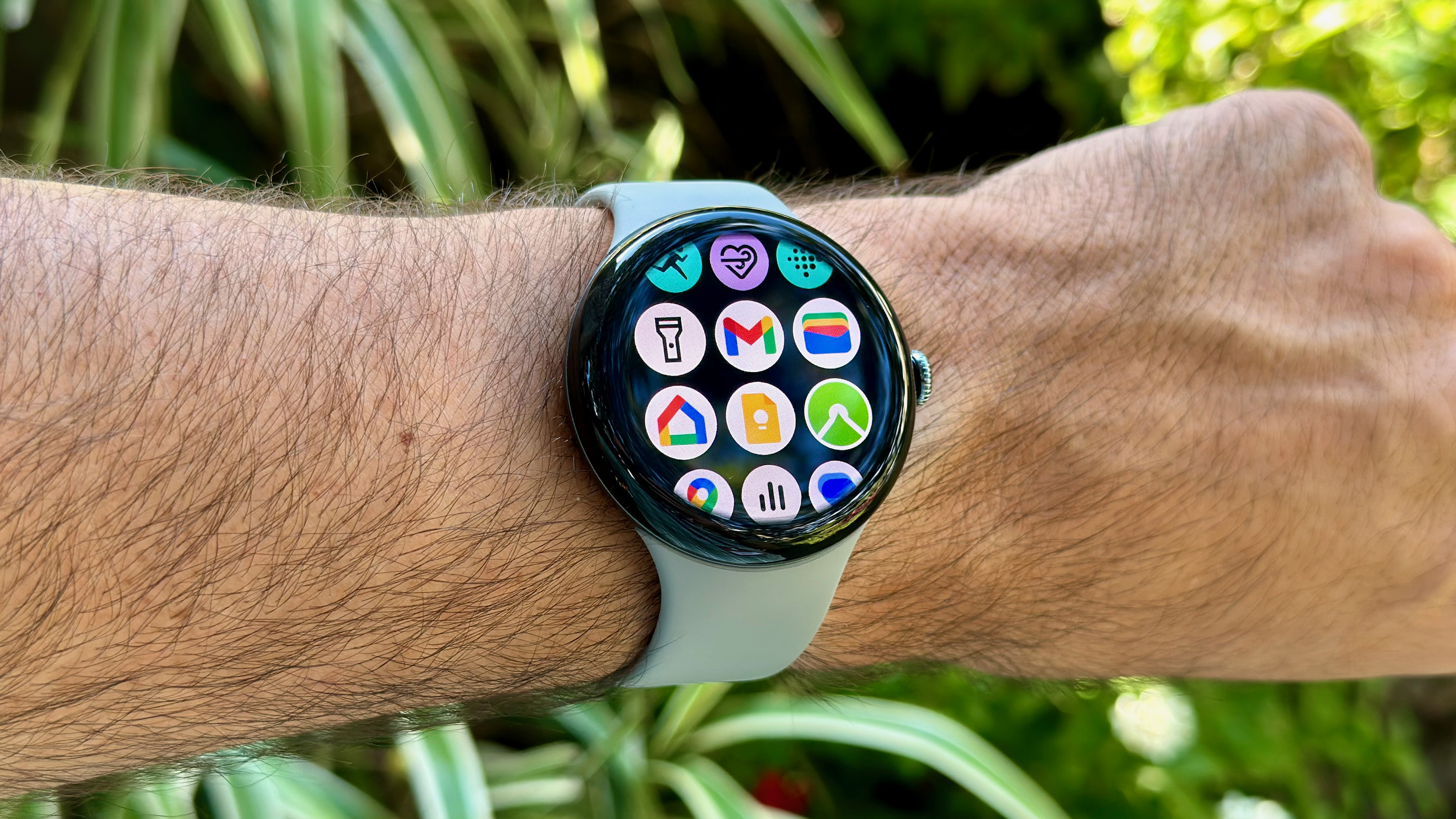What does sideloading mean, and how do you sideload apps?
This great capability is built right into your phone.

Sideloading is a term you see from time to time while talking about Android applications, and it's simple to explain. It means installing applications without using Google Play to do it.
Android isn't like iOS and was built from the ground up to allow for applications to be installed on the phone from any source. It has nothing to do with root or piracy (unless you're sideloading apps without paying for them). Sideloading is simply another way to install an app from its package files.
An App Bundle contains the Android Package and resources like languages and support for other architecture.
Android apps are built into a container with the .apk file extension and once transferred to your phone, you tap on it to install it. You can download .apk files from the web, transfer them using a cable from another computer, or use a third-party app store to get them. No matter how you got a .apk file onto your phone, the installation process is the same.
Google has mandated that developers use a different format for apps intended for distribution via the Play Store. Called App Bundles, these packages aren't installed the same way as a standard .apk file. You'll need to use a third-party tool or connect your phone to a computer and use ADB to install these. Third-party app stores that use a bundled .apk format will handle this for you if you use their store to download and install an app.

App bundles aside, installing a .apk file is simple. You'll need to give permission stating that you trust the source of the file. This doesn't mean you trust the people you downloaded it from, but that you trust the application which you're attempting to install it from.
An example makes this clearer. You have copied a .apk file to your phone and are using the Google Files app to find it and tap on it. You'll be told that you need to trust the Google Files app. This is done so that something like a web browser can't attempt to install apps on its own if one happens to be downloaded.

On the dialog that warns you about trust, you can go into the settings and allow the installation of unknown apps from that source. Once finished, you can remove that trust by sliding the toggle back off, which you should do.
Get the latest news from Android Central, your trusted companion in the world of Android
Why sideload?

There are plenty of reasons why you might want to sideload Android apps. Maybe an application isn't available through Google Play for your region or a developer has decided to not offer the app through the Play Store at all. You might even be testing an app or building one yourself.
The most important thing is that nobody is telling you that you can't install any app you like on the best Android phone you paid for and that no matter where you got that app it's covered through Google Play Protect as long as your phone has Google's Mobile Services installed.

Jerry is an amateur woodworker and struggling shade tree mechanic. There's nothing he can't take apart, but many things he can't reassemble. You'll find him writing and speaking his loud opinion on Android Central and occasionally on Threads.
